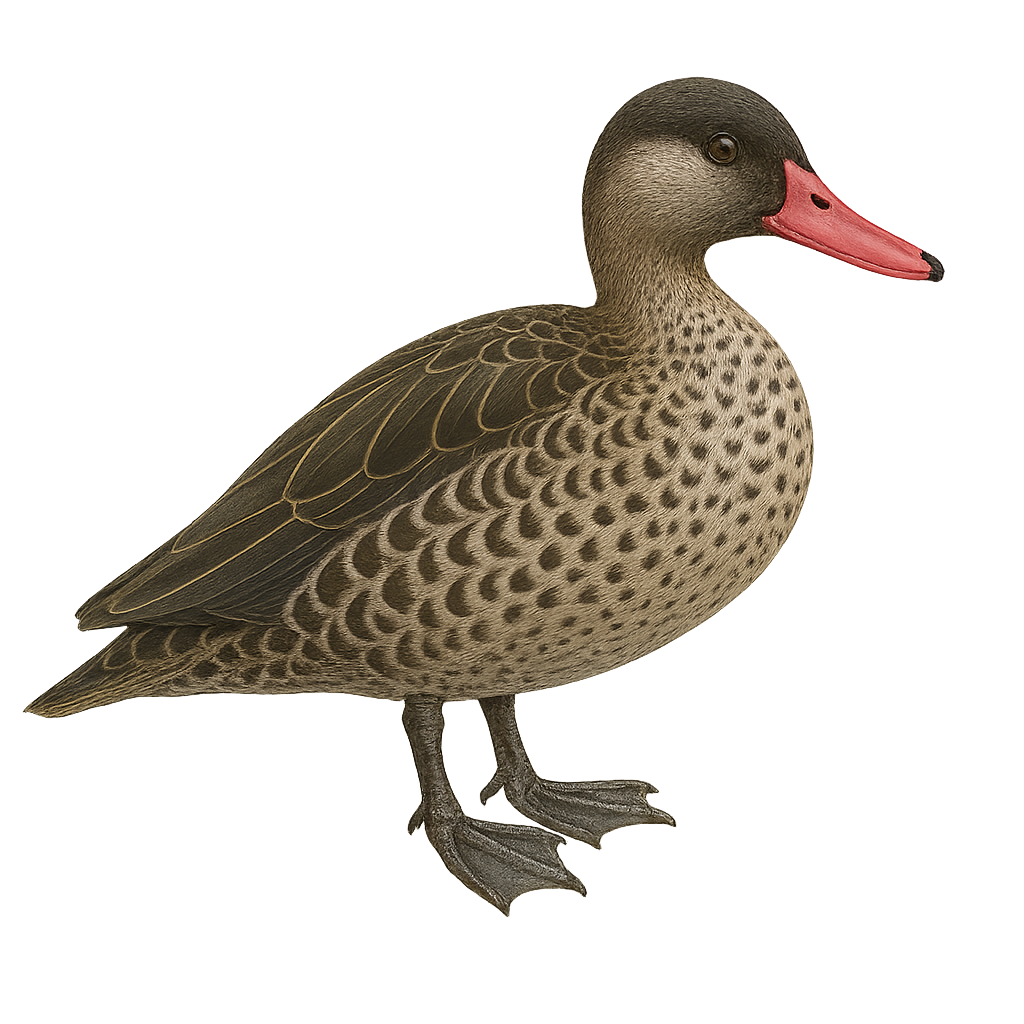Your wildlife photography guide.
Explore the red-billed teal in detail, study its behavior, prepare your shots.
Where to observe and photograph the red-billed teal in the wild
Learn where and when to spot the red-billed teal in the wild, how to identify the species based on distinctive features, and what natural environments it inhabits. The WildlifePhotographer app offers tailored photography tips that reflect the red-billed teal’s behavior, helping you capture better wildlife images. Explore the full species profile for key information including description, habitat, active periods, and approach techniques.
Red-billed Teal
Scientific name: Anas erythrorhyncha

IUCN Status: Least Concern
Family: ANATIDAE
Group: Birds
Sensitivity to human approach: Suspicious
Minimum approach distance: 10 m
Courtship display: April to June
Incubation: 26-28 jours
Hatchings: May to July
Habitat:
Lakes, marshes, rivers
Activity period :
Primarily active during the day, with peak activity in the morning and late afternoon.
Identification and description:
The Red-billed Teal, Anas erythrorhyncha, is a medium-sized waterfowl known for its distinctive bright red bill. Its plumage is mostly brown with lighter patterns on the belly and grayish reflections on the wings. It inhabits the wetlands of sub-Saharan Africa, favoring lakes, marshes, and rivers. This duck is often seen in small groups but can form large gatherings outside the breeding season. It primarily feeds on aquatic plants, seeds, and insects. Although generally discreet, it can be approached closely in some areas where it is accustomed to human presence.
Recommended lens:
400 mm – adjust based on distance, desired framing (portrait or habitat), and approach conditions.
Photography tips:
To photograph the Red-billed Teal, it is advisable to use a 400mm lens or longer to capture precise details without disturbing the bird. The best opportunities arise early in the morning or late in the afternoon when the light is soft and flattering. Look for areas where ducks gather to feed or rest. Be patient and discreet, wearing neutral-colored clothing to blend into the environment.
The WildlifePhotographer App is coming soon!
Be the first to explore the best nature spots, track rutting seasons, log your observations, and observe more wildlife.
Already 1 449 wildlife lovers subscribed worldwide

